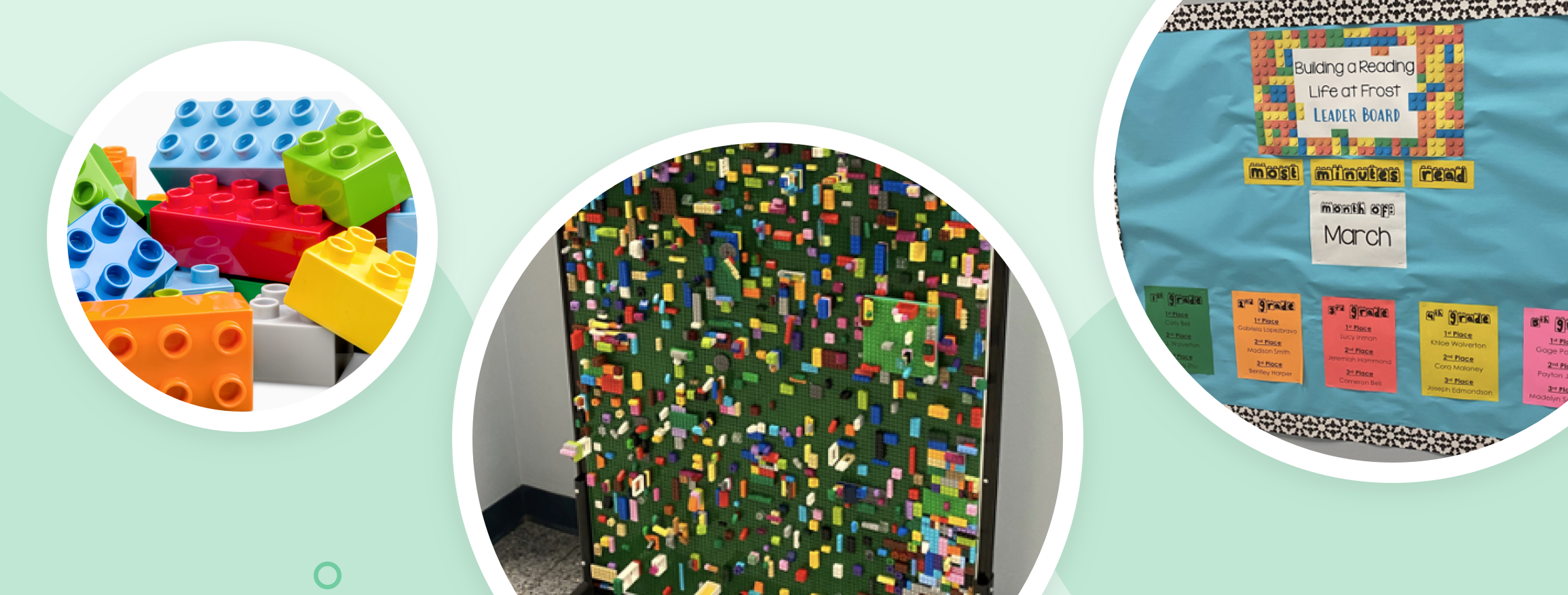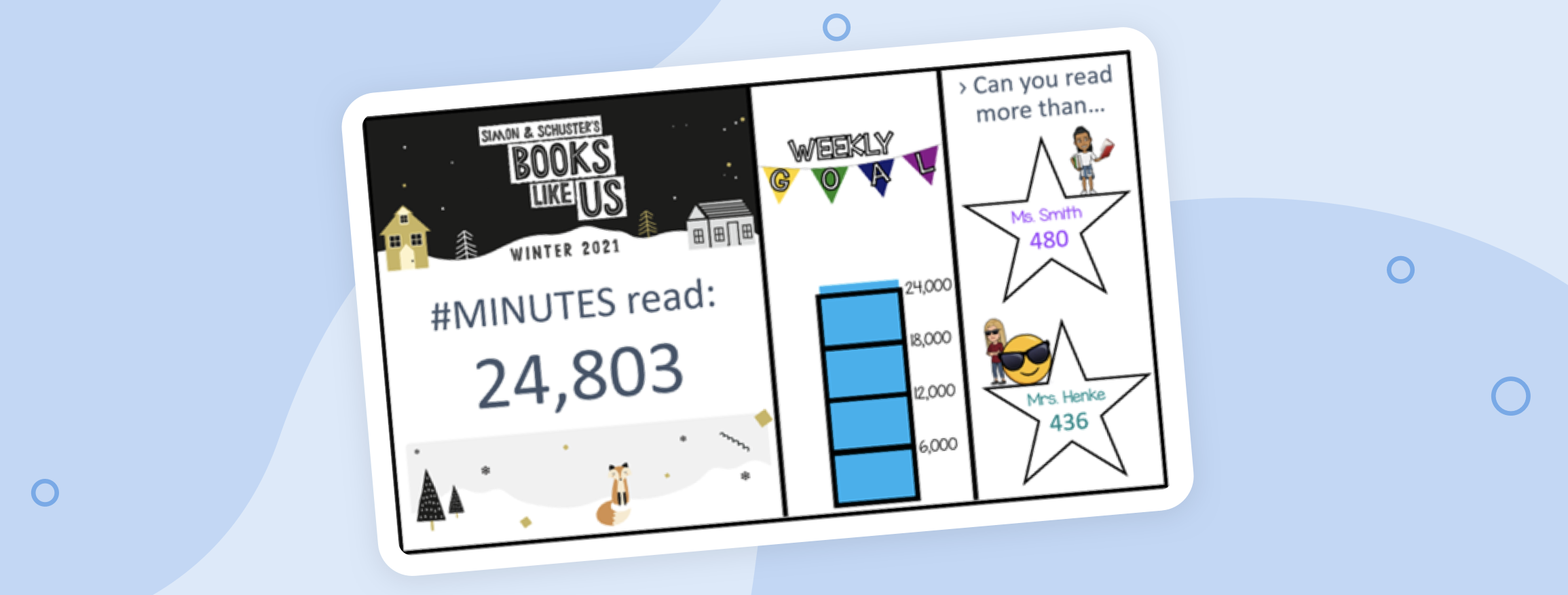How One School District Transformed its Culture of Reading
The Beanstack fam recently heard from several librarians in the Lamar Consolidated Independent School District, who shared how they used Beanstack to transform their schools’ reading cultures. District administrators believed moving away from a quiz-based approach and toward a motivational model that centered choice-based reading could drastically improve reading outcomes for students across the district.
With a goal of building a true culture of reading for all students, many campuses in the district stopped using Accelerated Reader (and its assessment-based approach) and replaced it with Beanstack during the 2019-2020 school year. Here, we’ll share how they made the switch and what they achieved.
The Challenge
As Ashley Henke, the librarian at Jackson Elementary School, put it, moving away from AR was a big deal. “It was kind of a shock to the campus, to the staff and the students, because they had done AR for so long.” Dr. Chad Jones, the district’s Director of Digital Learning, noted that many teachers felt like the district was taking something away from them. Getting reluctant teachers on board was a challenge for librarians across the district, one compounded by the pandemic in the spring of 2020.
Getting Teacher Buy-in
Henke noted that a huge part of building teacher investment in Beanstack was simply showing them how easy it is to use. She took a hands-on approach to training teachers in Beanstack and made sure they had easy access to instructions and other resources. Jennifer Wagner, the librarian at Austin Elementary School, showed teachers how Beanstack could replace paper reading logs, where students tracked their assigned 20 minutes of daily reading. This wasn’t just easy; it replaced a ton of paper review work for teachers.
In addition to training teachers and selling them on ease of use, Lamar librarians stressed that they directly involved teachers in their Beanstack reading challenges. From teacher-specific prizes to leaderboards, they made a point of including their teachers in the fun—and competition—of reading challenges. This teacher involvement was key to gaining teacher buy-in, but it also motivated students.
Getting Students on Board
Just as they trained teachers, librarians made sure to give students everything they needed to succeed in their Beanstack reading challenges. Christina Alvarado, the librarian at Frost Elementary School, ran group lessons with her students using timed read-aloud sessions and walked through the logging process with them. From there, it was off to the races.
From Extrinsic to Intrinsic Reading Rewards
A key goal in moving away from a quiz-based reading approach for Lamar librarians was to make reading its own intrinsic reward. But to get there, they knew many students, especially those in younger grades, needed external rewards to build their reading stamina and skills first.
One way to reward students is, of course, prizes. All librarians used a mix of prizes, often tying them to a theme and keeping them simple or experiential. Wagner rewarded students with books and “brag tags” they could add to their backpacks, and ran drawings for bigger prizes like a Kindle Fire. Teachers were also in the running for books and other prizes. Alvarado created a custom Lego-themed challenge titled “Building a Reading Life at Frost,” with rewards that included adding blocks to a Lego wall she created and drawings for Lego sets. Henke created prize wheels for students and teachers that they could take a spin on as they earned reading badges.

In addition to prizes, all three librarians used friendly competition as a way to motivate student and teacher readers. Each created a variety of leaderboards that included grades, classrooms, and individual student and teacher readers. At Jackson Elementary, Henke challenged her students to read more than their librarian and assistant principal, an invitation students gleefully accepted. These friendly competitions built student and teacher excitement, and were key to driving everyone in the school to read.

Reading Outcomes
Each school racked up impressive reading stats. Frost Elementary students read over 208,000 minutes in a single month. Jackson Elementary students logged 176,000 minutes and 7,000 during one of their month-long challenges, and saw an 80% reading participation rate over the course of a semester. As Jones noted, “whenever you get 80% of your staff and students involved, that’s just monumental.” He added that this is a huge change from the days when the school tied student reading achievement to quizzes and assessment: “It’s been a huge turnaround for that campus.”
Beyond the numbers, Jones noted that these schools are achieving just what the district set out to do when they made the switch to Beanstack: They’re building a true culture of reading. With commitment to promoting the program, and building student and teacher buy-in, “you really start seeing huge changes on your campus and start developing that love of reading.”

Watch the webinar!
See the full webinar featuring Lamar CISD.

